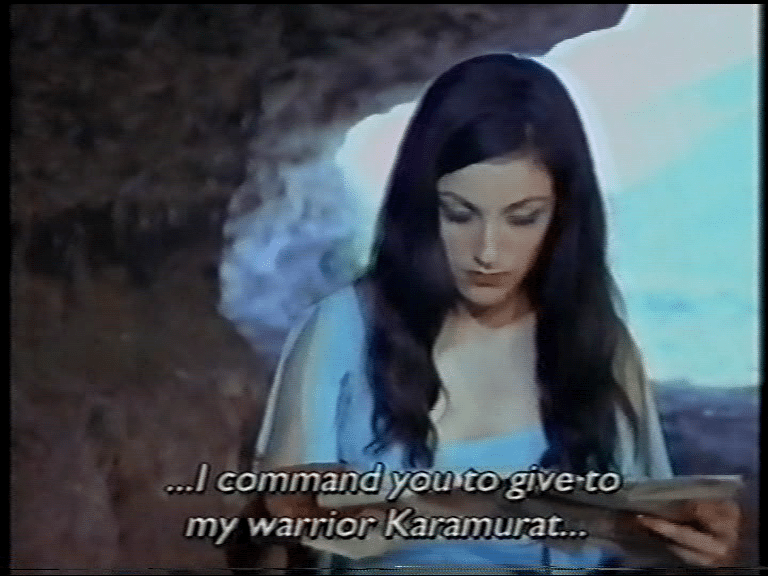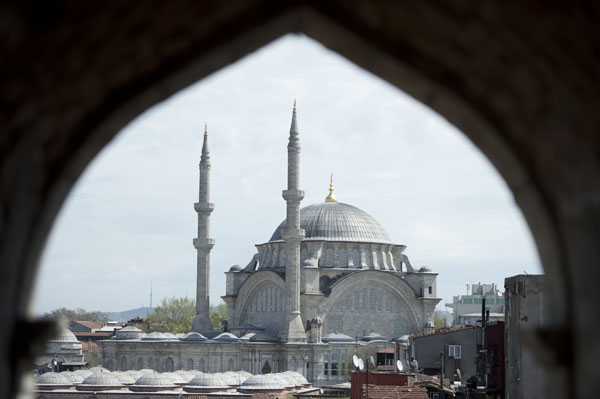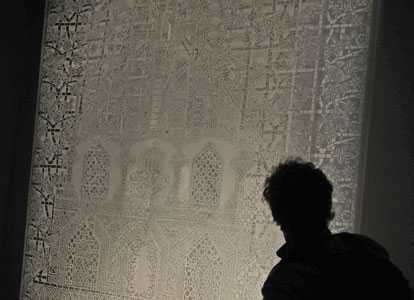Wonders of Constantinople’s underground water world to go on display in Istanbul
By Travelmail Reporter
PUBLISHED: 13:25 GMT, 9 November 2012 | UPDATED: 13:25 GMT, 9 November 2012
Feeling high: This picture from 1915 shows that the aqueducts were of interest even thenRead more: http://www.dailymail.co.uk/travel/article-2230483/Istanbul-sights-Wonders-Constantinoples-underground-water-world-display-Istanbul.html#ixzz2BncxTtGX
Follow us: @MailOnline on Twitter | DailyMail on Facebook
The atmospheric and cavernous underground Basilica Cistern is a well-known tourist attraction in Istanbul.
Famously used as a backdrop in James Bond movie From Russia with Love, the 6th century cistern provided a fresh water supply for buildings including the Emperor’s palace.
It seems the structure merely scratches the surface of ancient engineering.
Basilica Cistern, Istanbul
Breathtaking: No visit to Istanbul is complete without going below ground to the Basilica Cistern
British archaeologists, working with Turkish scientists, have revealed a vast water supply system that served the Byzantine-era city of Constantinople, now Istanbul.
And the marvel will be the focus of a newly opened exhibition in the Turkish city which its organisers hope will bring to life the intricate network of water channels, tunnels and bridges that dates to the fourth century.
It is not known whether the Basilica Cistern is a major feature of the show.
A Roman aqueduct in Istanbul
Still dominating: The arches of this Roman aqueduct have been put to good use
Called ‘Waters for a Capital’, the exhibition at the RCAC Gallery uses photographs and computer graphics to show how researchers have documented the monuments for the first time.
Visitors will be able to ‘fly’ through tunnels, emerge out of the other side and zoom over bridges. There will also be plans to explore and videos to watch.
A picture from 1915 showing people standing on an aqueduct in Istanbul
Feeling high: This picture from 1915 shows that the aqueducts were of interest even then
The spectacular remains, mostly hidden in suburban forests or beneath the city, are still largely unknown, despite being among the most extensive of their kind and the most impressive to survive from the Roman era.
The system carried fresh water around 400km from springs outside the city into the heart of the metropolis created in the name of Roman emperor Constantine in 330AD. Later on, it became the new Rome
Lead archaeologist Professor James Crow, of the University of Edinburgh, mapped the system with water engineers and remote sensing experts from Istanbul Technical University.
Professor Crow, based in the University of Edinburgh’s school of history, classics and archaeology, began his research while working at Newcastle University.
‘In Istanbul itself there are lots of old cisterns where people stored water. Some of them were very big but people have never really understood how the water got to them and the scale of the enterprise to try and achieve that,’ he said.
‘This exhibition highlights some exceptional ancient monuments that are part of the fabric of Istanbul, yet still relatively unknown to many of its inhabitants.’
He added: ‘Constantinople replaced Rome as the capital of the Roman empire and because it had a huge new population, they had to create a very extensive water infrastructure.’
For more information, visit https://anamed.ku.edu.tr/.
via Istanbul sights: Wonders of Constantinople’s underground water world to go on display in Istanbul | Mail Online.




![[Movies] Paris Hilton Filming New Movie in Turkey 4 [Movies] Paris Hilton Filming New Movie in Turkey](https://www.turkishnews.com/en/content/wp-content/uploads/2012/11/parisbikini1_zps79168eb9.jpg)
